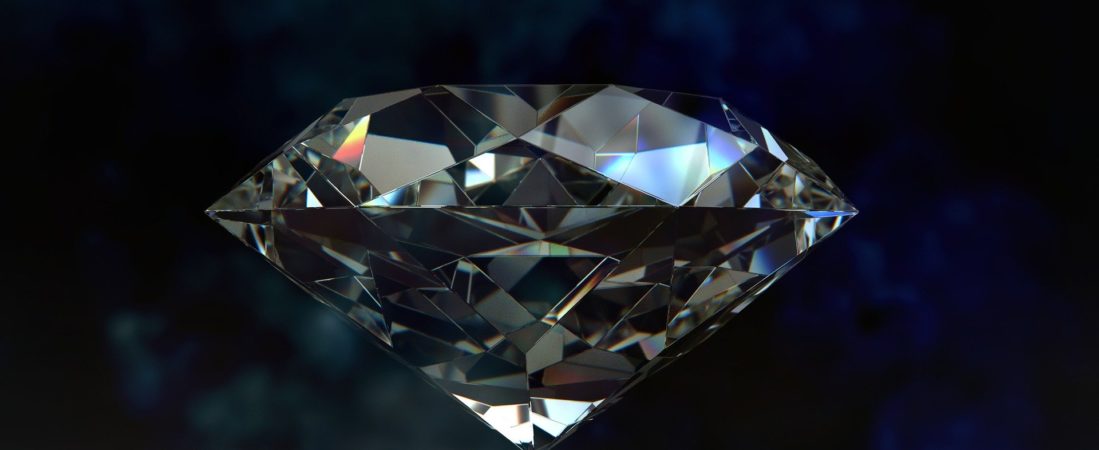Mined vs. Lab-Grown Diamonds
Diamonds remain to be one of the most popular stones in the jewellery market. In recent years, scientists have developed methods of growing diamonds in laboratories, preventing the need for mining and ultimately producing a more affordable, yet still beautiful, stone. But what are the key differences between the diamonds that are found in the ground, and those that are grown in a laboratory?
What is the difference between lab-grown and natural diamonds?
In short, the key difference lies in the origin. Aside from the origin of the stone, there is very little to set a natural diamond apart from one which is man-made.
Diamonds are precious stones comprised purely of carbon, which are naturally produced under extremely high levels of pressure and heat beneath the Earth’s surface. These stones have been mined for centuries, and have often been associated with wealth and worn by those with a high social status. In the last century, the diamond has evolved to become a symbol of eternal love since, thanks to a clever marketing ploy in 1947, it became the most desired stone for engagement rings.
Lab-grown diamonds (also known as “engineered” or “cultured” diamonds) bear the same chemical, physical and optical properties as those which occur naturally. Also comprised purely of carbon, the only aspect which differentiates them from mined diamonds is the process under which they are produced. Grown in a highly controlled laboratory environment using advanced technology, man-made diamonds are most commonly created via a CVD (Chemical Vapour Deposition) process which has been designed to replicate the conditions under which organic diamonds are formed.
Man-made diamonds can only be distinguished from natural diamonds using specialised equipment, which has been developed to detect the minor differences in trace elements and crystal growth in the stones.
How are lab-grown diamonds different to cubic zirconia?
Diamond simulants, such as cubic zirconia or moissanite, differ greatly from lab-grown diamonds and natural diamonds as they do not possess the same chemical make-up. Produced using zirconium dioxide as opposed to pure carbon, diamond simulants can generally be identified as such by the naked eye. A handheld diamond tester will also identify a cubic zirconia on the basis of its thermal conductivity properties.
Do coloured lab-grown diamonds exist?
Fancy coloured diamonds develop in nature when trace elements are present during the formation process. Exposure to such elements, as well as certain levels of radiation, can lead to a diamond developing a distinctive colour, such as pink, green, or yellow. Fancy coloured diamonds are generally more valuable than natural diamonds, and some are amongst the rarest and most valuable diamonds in the world.
Similarly, when trace elements are present during the production process of lab-grown diamonds, a colour may present itself. However, in white and fancy coloured lab-grown diamonds, the exact composition of trace elements may differ from their natural diamond counterpart.
Lab-grown diamonds are always sold with a certification which identifies them as such, and can be a cost-effective and environmentally-friendly alternative to organic diamonds.
Sell your diamond with We Buy Any Diamonds and you can expect a trusted, expert service which follows a straightforward process and guarantees the best return on your investment. Get in touch today to find out more.



